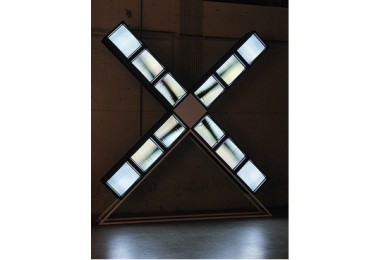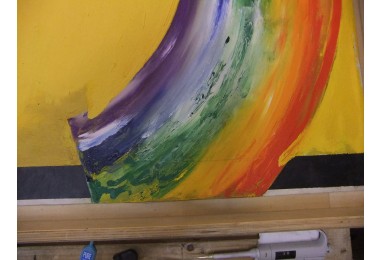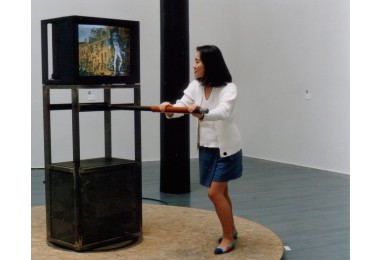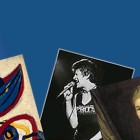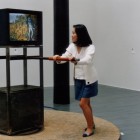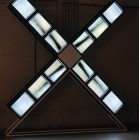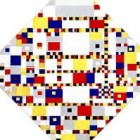-

The results of the Research Agenda 2008-2012 through a selection of expertises of the Cultural Heritage Agency of the Netherlands.
-
Expertise
 Reading modeshare
Reading modeshareThe Cultural Heritage Agency of the Netherlands (RCE) manages an art collection of about 150,000 objects from various disciplines: the National Collection.

A. Berkulin, Sixsided cube (variation on a theme), 1971
These are stored in the depots of the RCE in Rijswijk when not loaned out to museums, public buildings and Dutch embassies. The collection comprises classical and modern art, applied arts, topographical and historical architectural prints and drawings, underwater archaeological finds and building elements.
Collections
There are also scientific reference collections of archaeozoology, archaeobotany, dendrochronology, stone, plastics, stone samples, dyes and pigments. The RCE designates three categories of collections: reference collections, documentation/research archives and distinct collections.
Management
Sometimes collections have originated from the archival and documenting statutory tasks in the field of monument conservation. The art collection was created in the 20th century by state acquisitions, gifts and bequests, transferences and artworks recovered after World War II, the subsidised artwork exchange scheme and the Visual Artists Scheme (BKR). The national maritime collection is mainly comprised of underwater archaeological find-complexes.
Materials
An important part of the Netherlands' Collection consists of modern art, that is, works of art made in the 20th century, often with contemporary materials such as plastics. There is often insufficient knowledge about and experience with the materials that modern artists incorporated into their work then and continue to do so today. Which materials exactly? How has this material lasted over the course of time, and what can we learn from this for the future?
Links
The website the Rijkscollectie is managed by the Rijksdienst voor het Cultureel Erfgoed.


